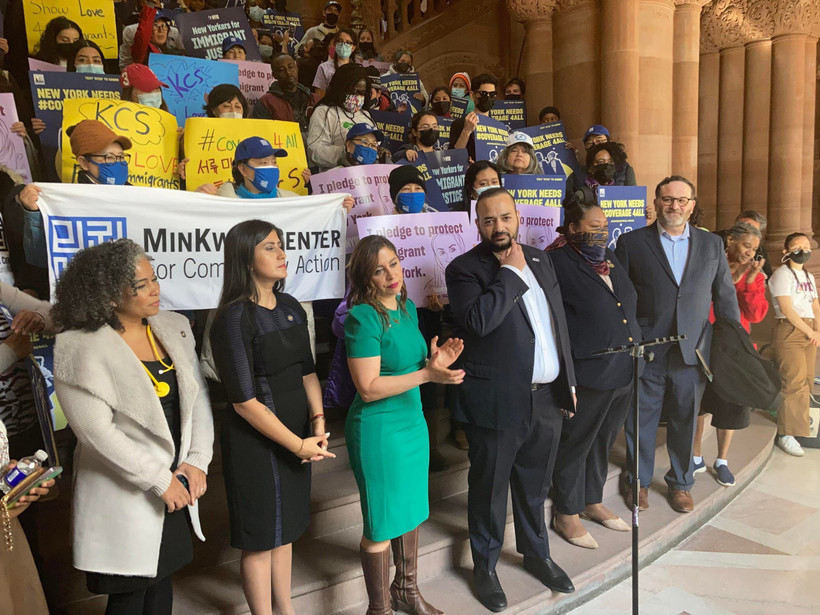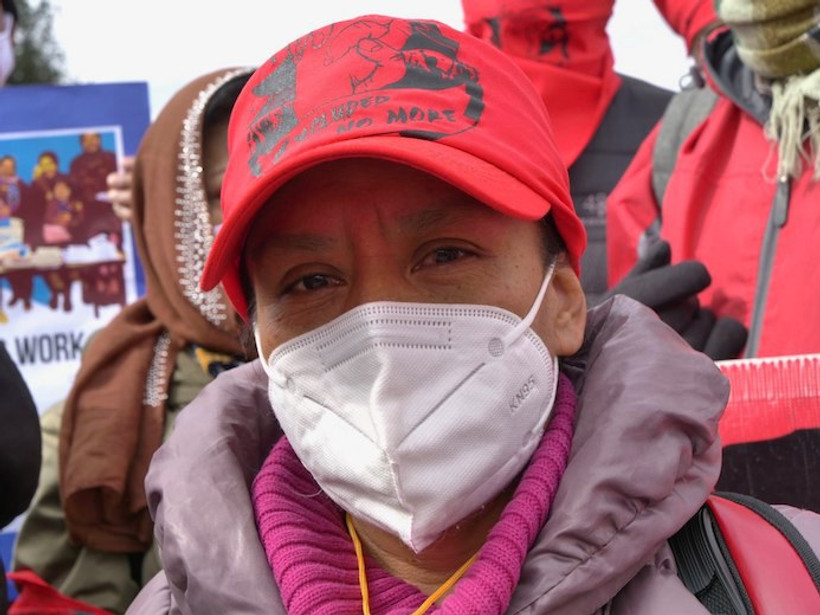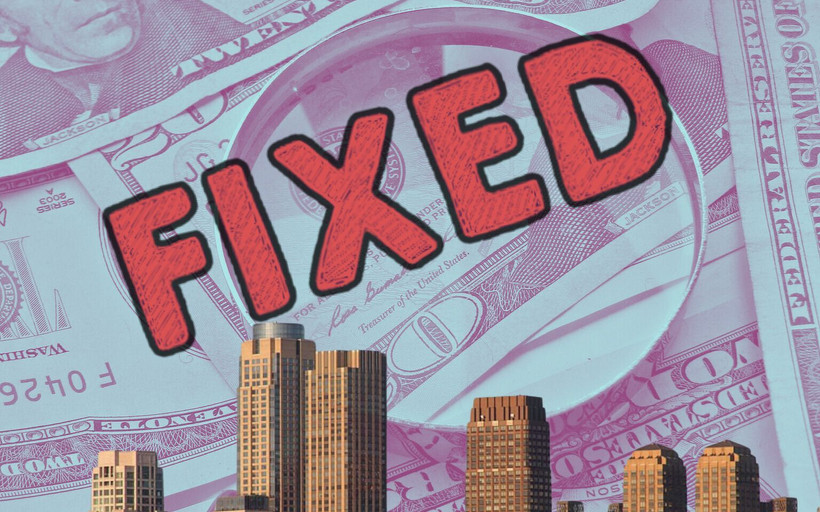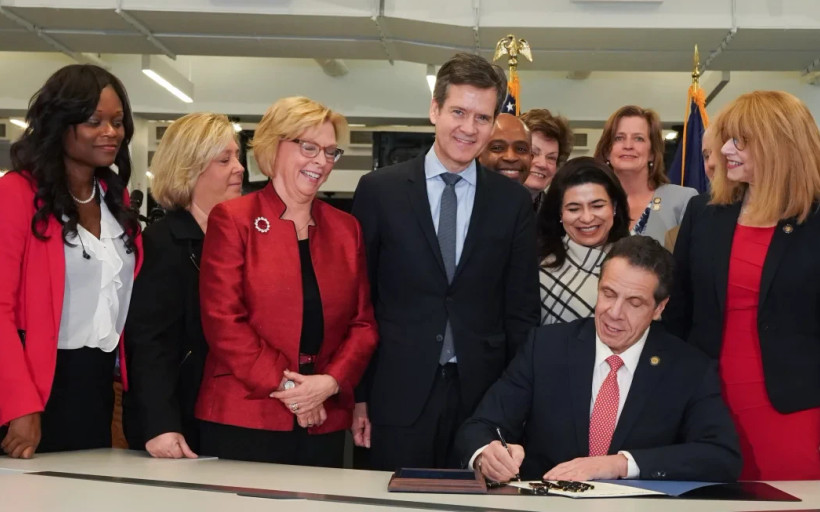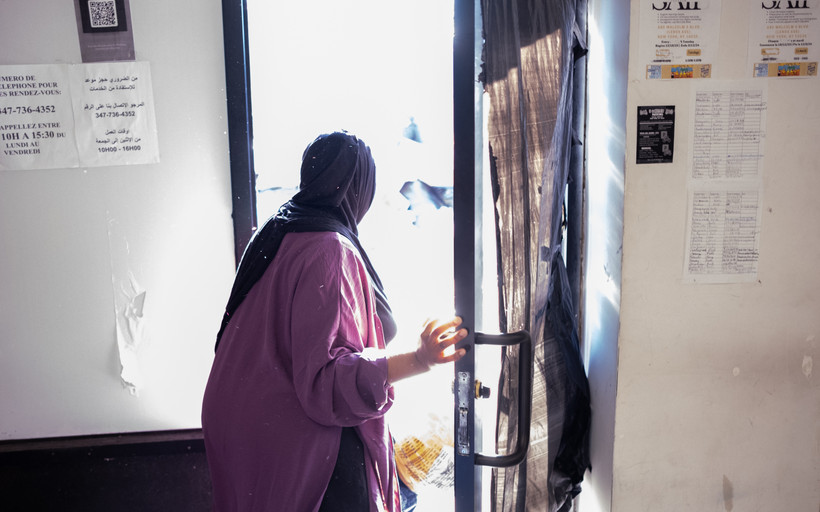As Albany Debates Health Coverage for Undocumented New Yorkers, Lawmakers Say Hochul is Inflating Costs
The governor’s projected price tag is five times higher than estimates by the legislature and outside researchers—but she hasn’t said how she arrived at her figure.
